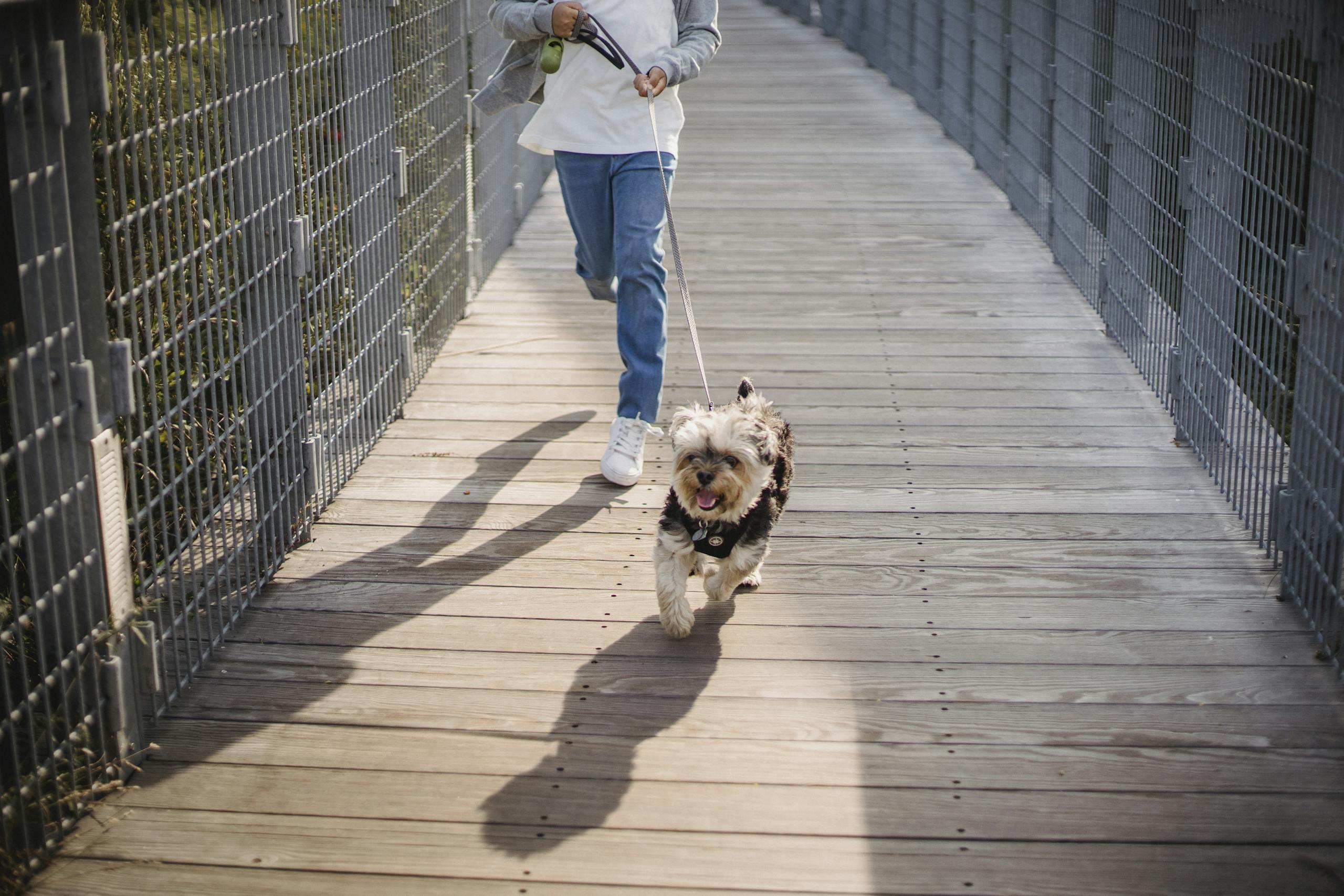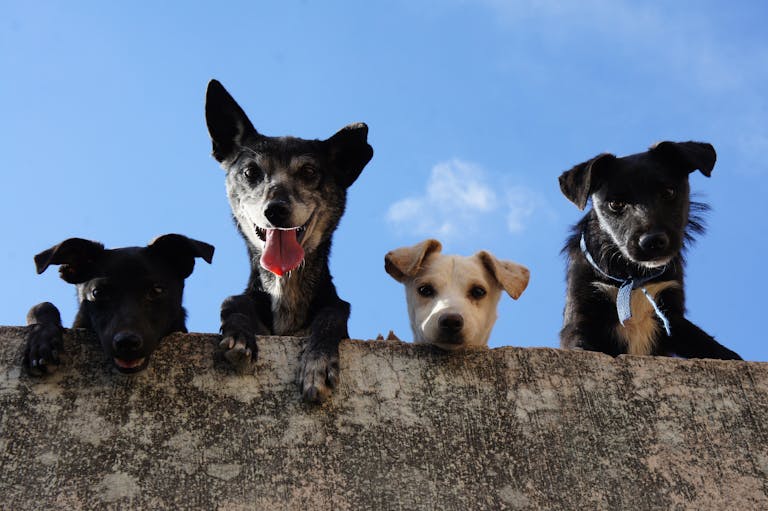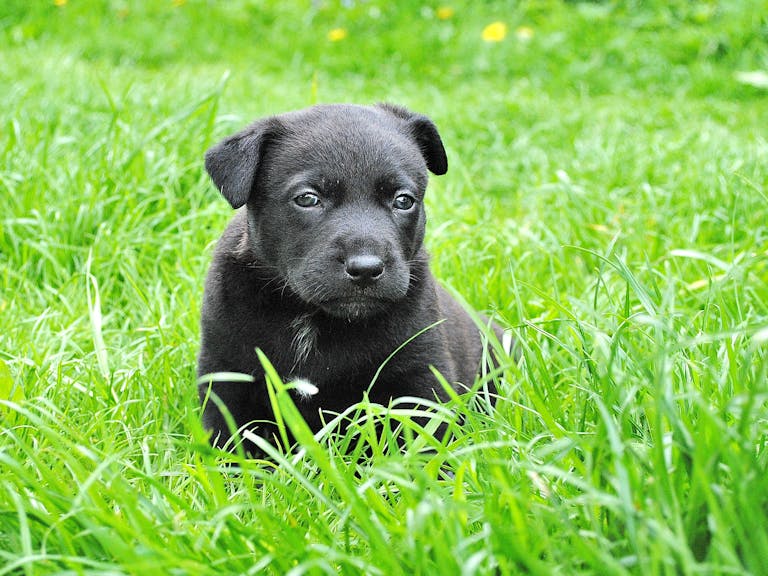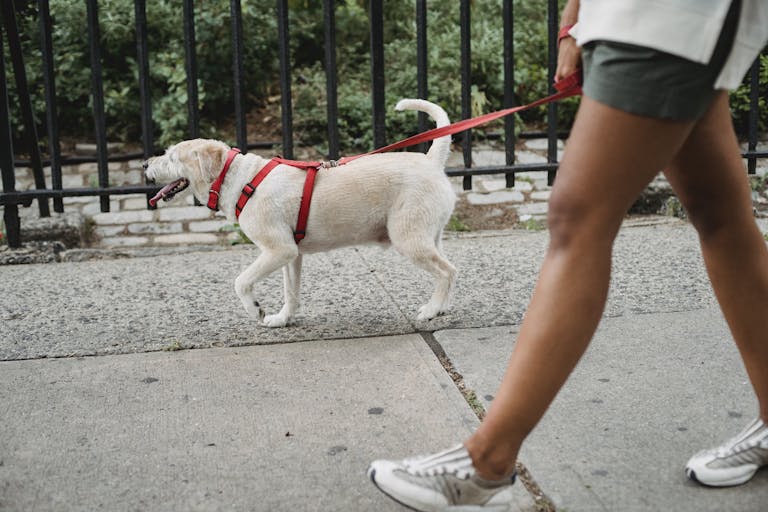How to Build Calm and Routine in Your Dog’s Daily Life

Does your dog seem anxious, overexcited, or constantly “on edge”? The solution may not lie in more training—but in more structure. Dogs thrive on rhythm. A predictable routine makes their world feel safe, which naturally leads to calm behavior, better sleep, and deeper trust.
In this article, you’ll learn how to create a daily rhythm that helps your dog (and you) feel more grounded, relaxed, and connected.
Why Routine Matters More Than You Think
Dogs are creatures of habit. In the wild, their ancestors followed patterns—hunting, resting, grooming. Modern dogs still depend on predictability to feel secure.
Without routine, dogs may:
- Constantly scan for danger
- Act out to create their own structure
- Develop anxiety or reactivity
With routine, dogs:
- Settle faster in new environments
- Learn faster (less confusion = better focus)
- Feel safer, and therefore behave better
💬 Routine doesn’t make your dog boring. It makes your dog brave.
The Core Elements of a Grounding Routine
Here’s what to include in your dog’s daily structure:
1. Predictable Feeding Times
Feed at the same times each day. This not only supports digestion but provides emotional reliability.
2. Regular Walks (Same Time, Same Place Helps!)
Walks are grounding. Keeping them consistent in timing and rhythm reduces overstimulation and increases mental clarity.
3. Built-In Rest Periods
Dogs sleep up to 16 hours a day. Schedule quiet time after walks or meals. Use calming soundtracks to encourage deeper rest (more on that later).
4. Mindful Play or Training Windows
Don’t just play “when you have time.” Build play and training into the same parts of the day—this improves attention span and joy.
5. Evening Wind-Down Ritual
Turn down lights, limit stimulation, play soft meditation or nature sounds, and sit quietly with your dog before bed.
Calm Is a Muscle – You Can Train It
The more consistently you invite calm, the stronger it becomes.
Try this daily rhythm as a starting template:
| Time | Activity |
|---|---|
| 7:30 AM | Wake + potty break |
| 8:00 AM | Calm breakfast with soft music |
| 9:00 AM | Walk (same route daily) |
| 11:00 AM | Nap time |
| 1:00 PM | Mental game or light training |
| 3:00 PM | Rest and bonding time |
| 6:00 PM | Dinner |
| 7:00 PM | Light walk or scent game |
| 9:00 PM | Wind-down (low lights & Pawsly) |
| 10:00 PM | Bedtime |
Sounds That Support Structure
Sound can serve as a cue, just like a bell or a schedule. Dogs associate certain sounds with certain states.
Inside Pawsly, you’ll find:
- 🌲 Nature Sounds – to ease transitions from activity to rest
- 🧘 Guided Meditations – perfect for evening calm-down with your dog at your side
Use them daily and watch how your dog starts to anticipate rest—not just activity.
Bonus Tip: Create a Calm Corner
Designate one spot in the house as your dog’s rest zone:
- Low traffic area
- Soft bedding
- Familiar smells
- Play calming sounds nearby
Over time, this space becomes a signal of safety and self-regulation for your dog.
Recap: Structure Creates Calm
- Routine makes the world feel safe for your dog
- Predictable patterns reduce stress and hyperactivity
- Soundscapes can anchor rest and transitions
- Calm corners offer space for emotional resets
📱 Want help building a calming rhythm that works?
Pawsly offers daily support through soundscapes, meditations, and tools to help both you and your dog relax into routine.





